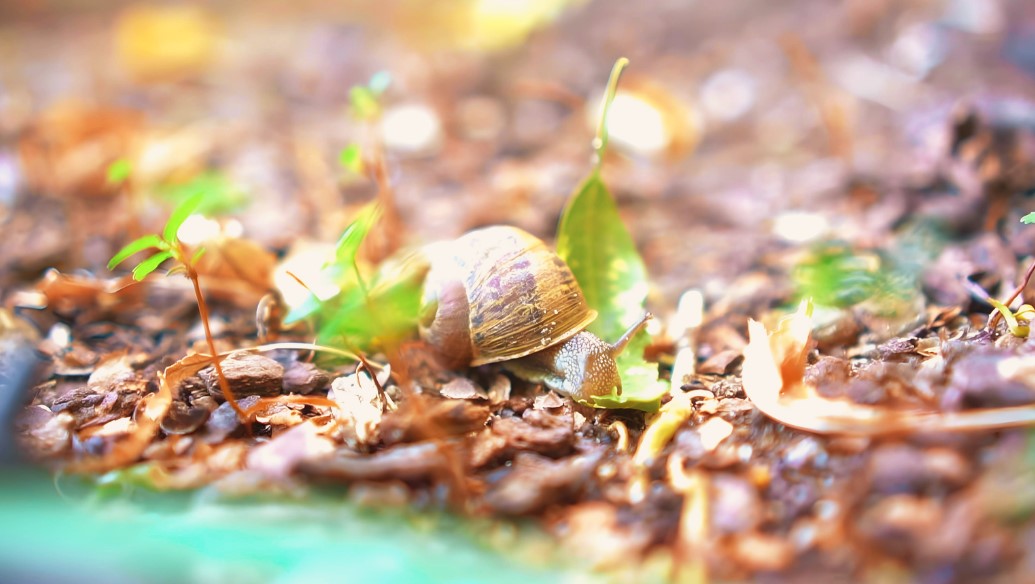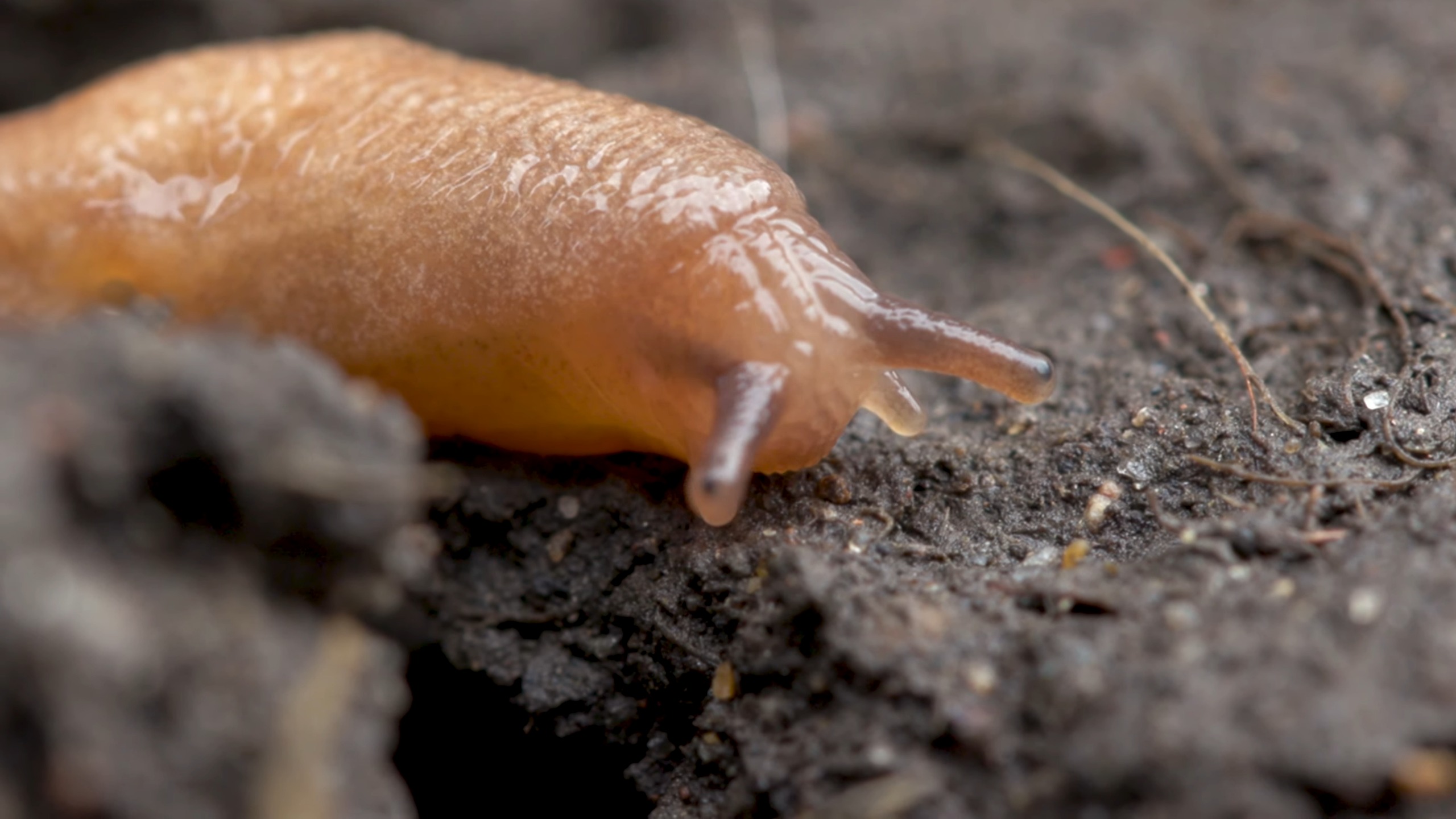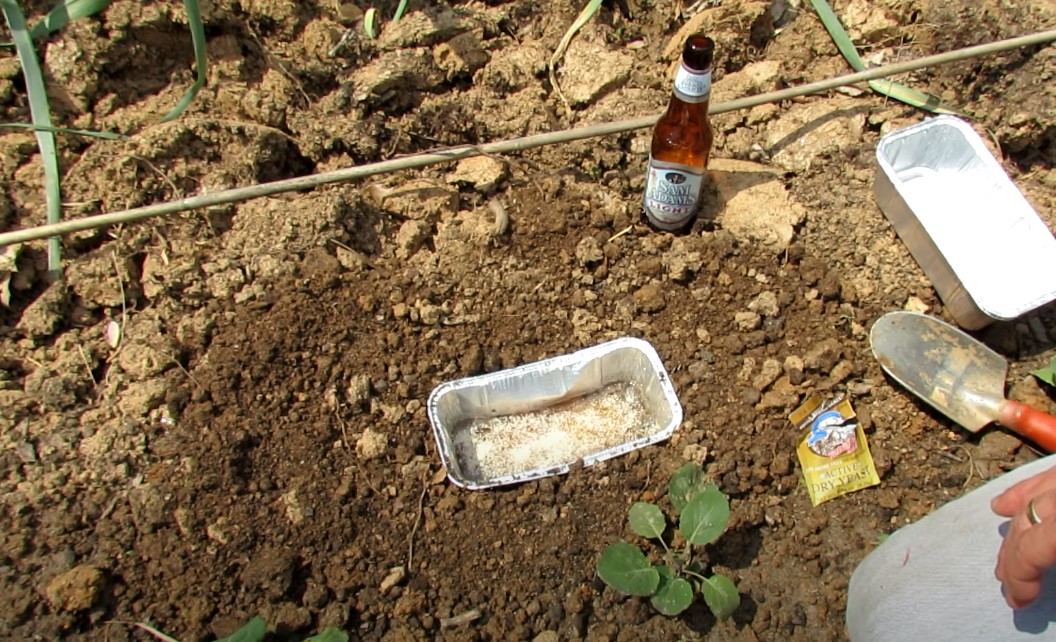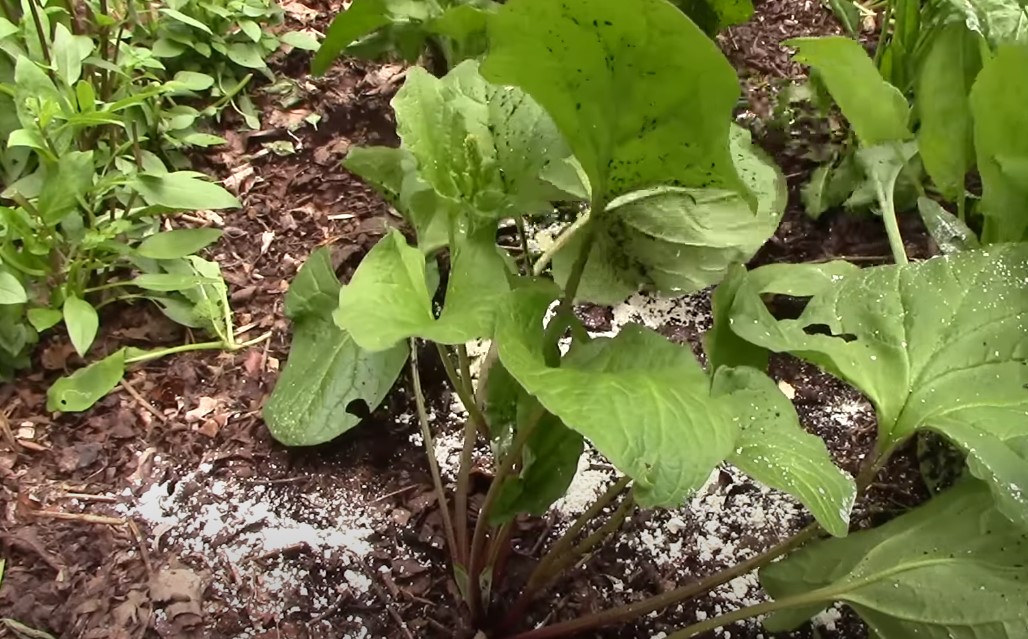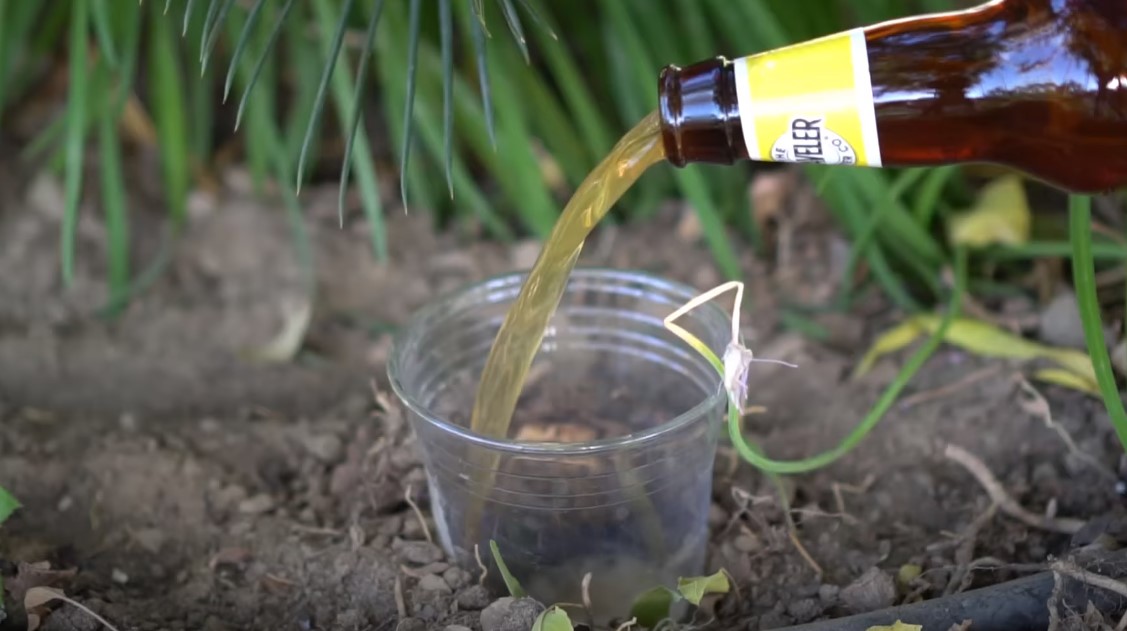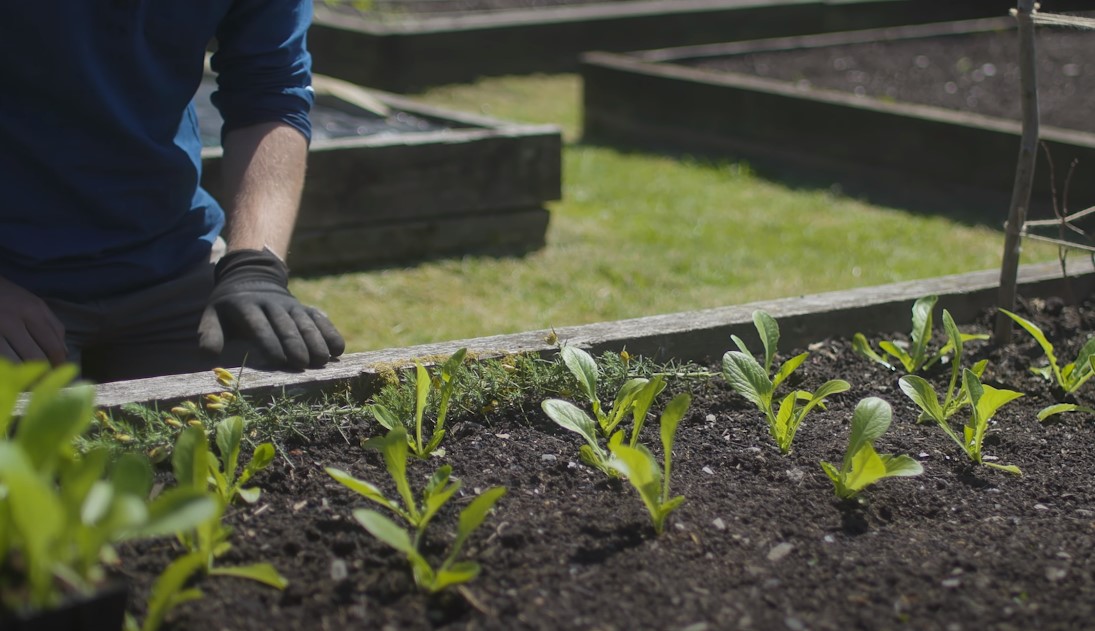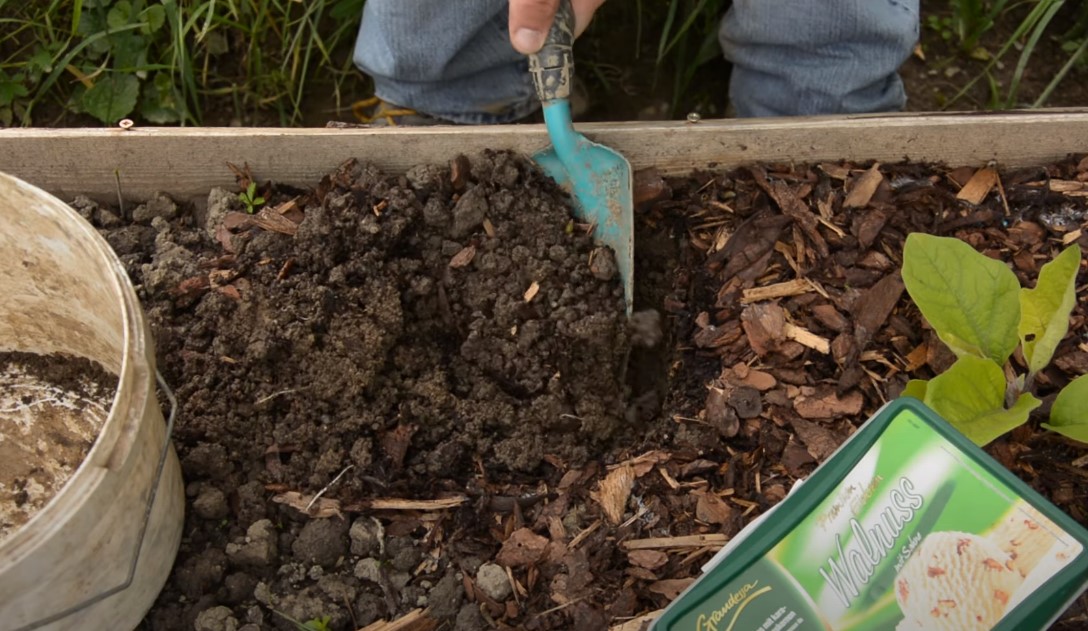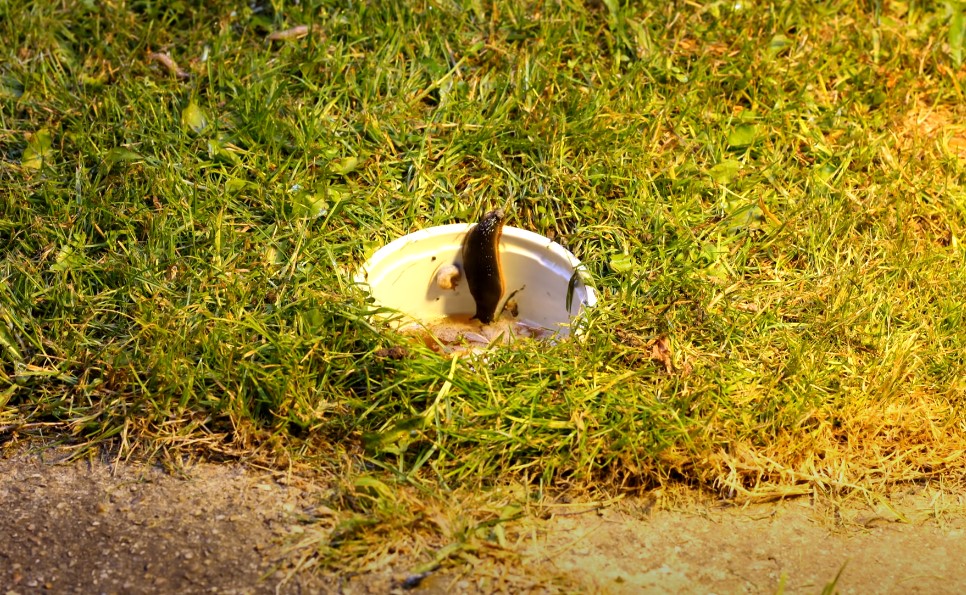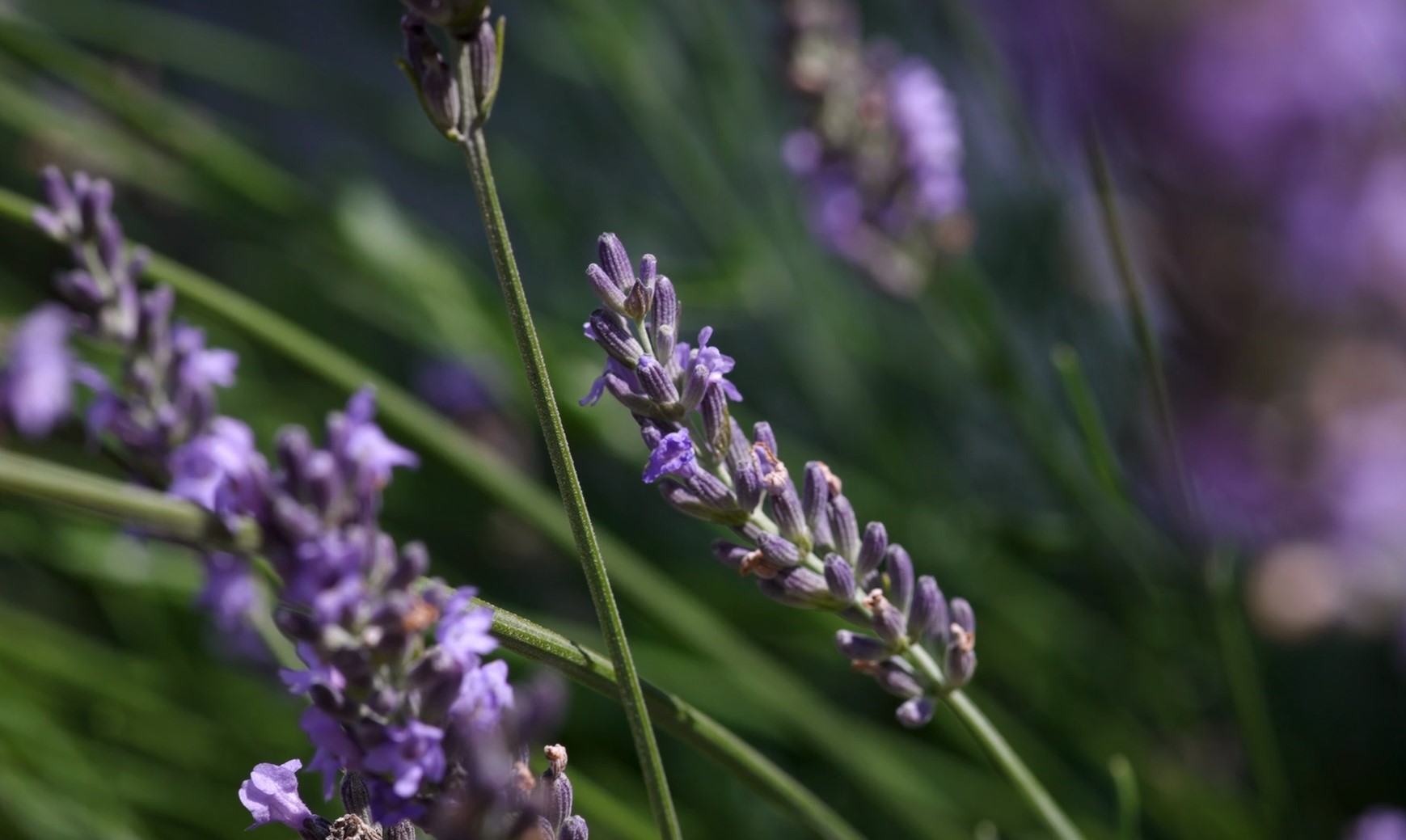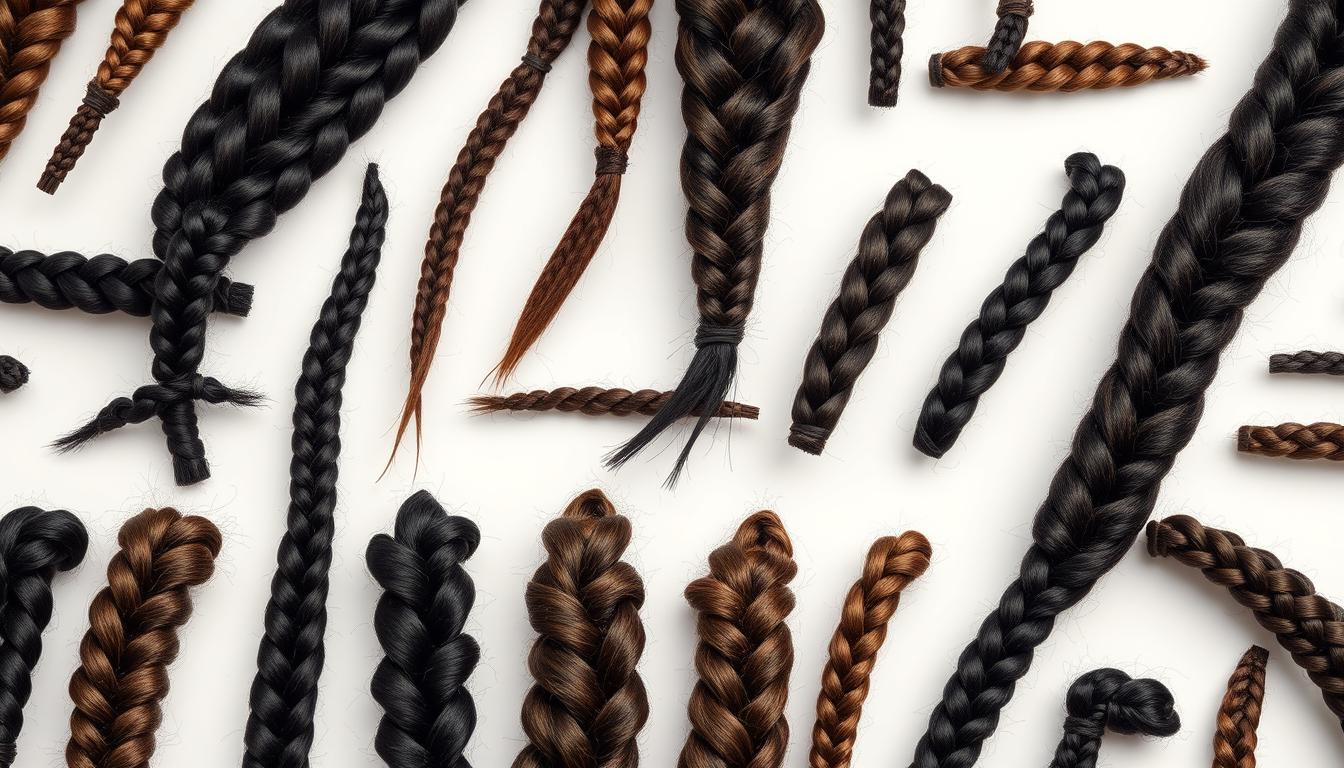Dealing with slugs and snails in my garden has been quite the ordeal. These little critters not only munch on my plants and flowers but also spread fungi that can harm the rest of my garden.
Thankfully, I’ve discovered several natural methods to fend off these unwelcome guests from my garden and flower beds. While some tactics require a bit more patience and time, I’ve found them all to be effective in keeping my garden safe from slugs and snails
Key Takeaways
- A range of natural methods effectively manage slug and snail infestations in gardens.
- Homemade traps and repellents are economical and environmentally friendly.
- Consistent application and garden monitoring are key to controlling these pests.
- Regular garden cleanup and moisture management are crucial in preventing slug and snail habitats.
Lifecycle
Various slug species spend the winter buried in soil, either as adults or as nearly mature offspring. During the spring and early summer, they lay numerous eggs—up to 100 at a time—in moist, sheltered places like soil crevices, under mulch, or beneath fallen leaves.
The eggs hatch within one to three weeks, although in less ideal conditions, hatching might take up to 12 weeks. Newly hatched slugs stay near their birthplace for a few days before venturing out to feed.
Depending on the species, slugs can reach full maturity in just 3 to 6 months, but some may take over a year.
The Risk of Slugs to Humans and Animals
Slugs pose a risk to both humans and pets if consumed. Their slime can cause excessive salivation and vomiting in both humans and animals, particularly in dogs and cats according to Terro.
Stress can cause slugs to produce more mucus, increasing the risk of ingestion. Some slugs carry the parasitic lungworm, which can infect pets. If you suspect your pet has eaten a slug, immediate veterinary consultation is advised to discuss potential lungworm vaccination.
What Draws Them to Gardens?
Slugs are drawn to gardens by the availability of food and moist conditions. They are omnivorous, feeding on a wide range of plant materials from flowers to vegetables as highlighted by the University of Minnesota.
Moist environments, especially those that remain damp throughout the day or during warm periods, are particularly attractive to slugs. Organic materials like mulch, sod, leaves, and straw can retain moisture, making them ideal for slugs.
How to Get Rid of Them Effectively
1. Deploying Copper Barriers
I find that installing copper mesh around my garden effectively deters slugs and snails. These pests find copper repellent as it’s harmful to them.
- Installation: Bury or overlay copper mesh on soil.
- Duration: Effective for up to one year.
Replacing the mesh annually ensures these critters continue to stay away from my plants.
2. Try A Beer Trap
Deploying a beer trap is a strategic method to control the snail and slug population in your garden. These pests are naturally drawn to the beer’s scent and the environment it’s presented in. Here’s how I set up a beer trap:
- I use an empty five-gallon bucket, filling it half full with water to create the trap’s base.
- To ensure it remains sturdy, I position two pieces of wood vertically on opposite sides of the bucket.
- Below the bucket, I lay old newspapers to prevent any spillage that might occur while the trap is in action.
- Finally, I place the bucket in a shaded area with damp soil to increase its efficacy overnight.
This simple yet effective approach can be an alternative to store-bought options and has proven to work well in keeping gardens free from these unwelcome visitors.
3. Use Salt Mixtures
To deter slugs and snails, create a solution of one part table salt to nine parts water. Transfer the mixture into a spray bottle for easy application. Target the affected garden areas with this solution, or apply directly onto these pests if located on non-vegetation surfaces.
Maintenance: For continual effectiveness, spray every few days, monitoring your garden for the presence of these mollusks and treating accordingly until they are completely eliminated.
4. Use Diatomaceous Earth
Diatomaceous earth is an effective substance for eradicating slugs and snails in the garden. Its harmless nature to humans and pets contrasts sharply with its lethal effect on these pests. When I apply it to the areas where slugs and snails frequent, it operates like abrasive paper against their sensitive bodies.
Here’s the method I follow:
- Locate: Identify common hiding spots for slugs and snails.
- Sprinkle: Evenly distribute diatomaceous earth over these locations.
- Water: Spray a light mist to help the particles adhere to the soil.
As they move over the treated spots, their outer coverings are sliced open, leading to their eventual demise due to fluid loss or internal injuries. Always remember to reapply after rain or heavy watering to maintain its effectiveness.
5. Utilize Borax Powder
Borax powder, a natural desiccant, effectively protects plants from mollusks by absorbing moisture and dehydrating them. Here’s how I apply it:
- Surface application: I lightly dust the soil surface around my plants, which impedes the movement of slugs and snails.
- Soil preparation: Before planting, I mix borax into the watering can, then irrigate the soil, creating an inhospitable environment for these pests in new plantings.
6. Constructing Your Own Slug Trap
To deter these garden pests, I’ve found setting up a simple trap works effectively.
Essentials:
- High-alcohol liquor, like beer or wine
- A spacious glass container
Steps:
- Position the container close to vegetation.
- Fill it with the alcoholic beverage of choice.
The slugs gravitate towards the scent, end up in the container, and are unable to escape.
7. Crafting Attractants for Gastropods Using Ale and Grain Products
- Combine one part beer with four parts cornmeal or flour
- Pour beer into the vessel before adding grain product
- Distribute the mixture into shallow containers
- Place them in areas frequented by slugs and snails
- Ensure containers are easily accessible for the pests
8. Utilize Alcohol Traps for Gastropods
Employing alcohol as a lure can effectively manage gastropods like slugs and snails. The aroma of fermented beverages entices these pests into makeshift traps according to House Digest. Simple household items—such as a leftover wine bottle or a jar with punctured lids—serve as suitable containers for the alcoholic solution. Once inside, the slugs become inebriated, rendering them unable to climb out and ultimately leading to their submersion.
9. Effective Slug and Snail Management with Pellets
I find using iron phosphate slug pellets immensely effective for safeguarding gardens. They’re harmless to both pets and children, making them ideal for use across flower beds, vegetable patches, and near trees and shrubs as noted by Plantura Magazin. They’re even suitable for application on lawns.
10. Utilize Organic Deterrents: Coffee Residue, Crushed Eggshells, and Peppery Solutions
Organic Residue from Brewed Coffee
Gardeners looking to deter slugs naturally may find that the aroma of coffee can be quite persuasive according to Oregon State University. To enhance its appeal, consider sweetening it slightly. The goal is to create an enticing, organic barrier that discourages slugs from encroaching on plant territory.
- Method: Spread used coffee grounds around the soil.
- Optional: Sweeten with a small amount of sugar or honey.
- Frequency: Refresh periodically, especially after rainfall.
Crumbled Eggshell Barriers
Crushed eggshells offer a dual-purpose solution: repelling slugs and enriching soil with calcium. For increased effectiveness, combine these shells with other deterrents such as salt or garlic.
Instructions:
- Crush eggshells finely.
- Mix with salt or garlic for added repulsion.
- Sprinkle liberally around plants vulnerable to slugs.
Peppermint Oil Deterrence
The pungency of peppermint oil is an excellent repellent for slugs. Using this potent scent can safeguard gardens effectively.
- Setup: Immerse crushed peppermint leaves in water within a jar lid or season the ground where slugs frequent.
- Caution: Place the mixture carefully to avoid contact with individuals passing by.
By incorporating these organic methods, gardeners can create an inhospitable environment for slugs while maintaining a natural and safe space for plants to flourish.
11. Homemade Slug Traps: A DIY Solution
- Crafting the Trap: Using jars filled with an alcoholic beverage, I’ve created simple yet effective traps.
- Experience: The traps attract slugs with the scent of alcohol, trapping them effectively.
This method has added an element of resourcefulness to my gardening, utilizing household items for plant protection.
12. Attracting Natural Predators
One of the most effective and nature-aligned methods I’ve embraced involves encouraging the presence of natural predators in my garden.
- Birds: Installing bird feeders and baths to attract feathered friends who feast on slugs and snails.
- Hedgehogs and Toads: Creating small shelters and keeping water sources available to encourage these natural pest controllers to take up residence in my garden.
The joy of watching wildlife visit my garden has been an added bonus to the noticeable decrease in slug and snail populations. It’s a gentle reminder of the interconnectedness of all living things and the balance that can be achieved with thoughtful gardening practices.
13. Planting Slug-Resistant Varieties
Another strategy that has significantly reduced the damage caused by slugs and snails involves choosing plants that are less appealing to these gastropods.
- Herbs: Many herbs, such as rosemary, sage, and lavender, seem to have a natural resistance to slugs and snails.
- Vegetables: I’ve had great success with leafy greens like kale and Swiss chard, which seem less prone to slug damage.
- Flowers: Astilbe, geraniums, and snapdragons add color and beauty to my garden without attracting unwanted gastropod guests.
Integrating these plants into my garden has not only diversified its ecosystem but also reduced the need for direct interventions against slugs and snails. It’s been a rewarding process to discover which plants naturally repel these pests while contributing to the overall health and aesthetic of my garden.
FAQ
Certain plants possess qualities that are unappealing to slugs and snails and can act as natural repellents in a garden. These include:
- Herbaceous Perennials: Such as ferns and columbine.
- Aromatic Herbs: Like rosemary, lavender, and catmint.
- Prickly Foliage: Plants with tough leaves, for instance hydrangeas and various geraniums.
Several non-chemical methods are known to be effective, including:
- Beer traps
- Copper barriers
- Diatomaceous earth application
- Regularly hand-picking the pests
- Maintaining a tidy garden free of debris
- Watering plants in the morning to minimize moisture overnight
- Encouraging natural predators like birds and beneficial insects
Final Words
For those seeking additional resources on garden pest control, several informative guides are available. These guides offer insight into eliminating ants in outdoor spaces, repelling fleas from yards, safeguarding homes from various pests, and reducing mosquitoes indoors. Valuable strategies and solutions can be found that address these common concerns, enabling gardeners to maintain healthy, pest-free environments.

